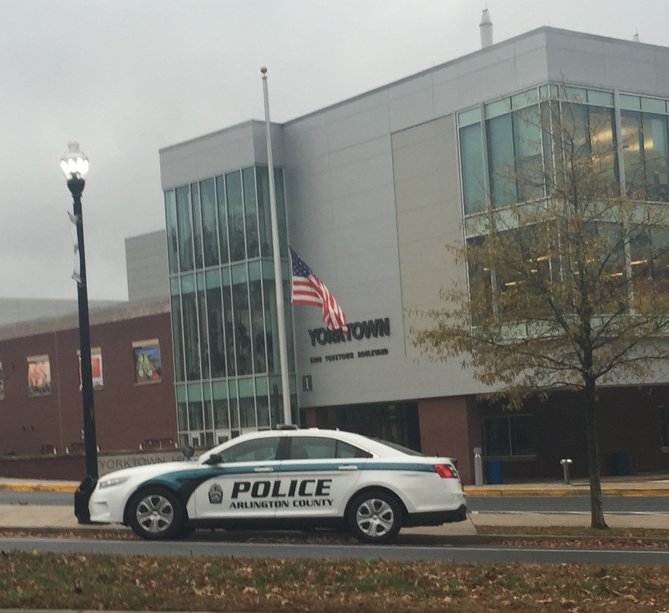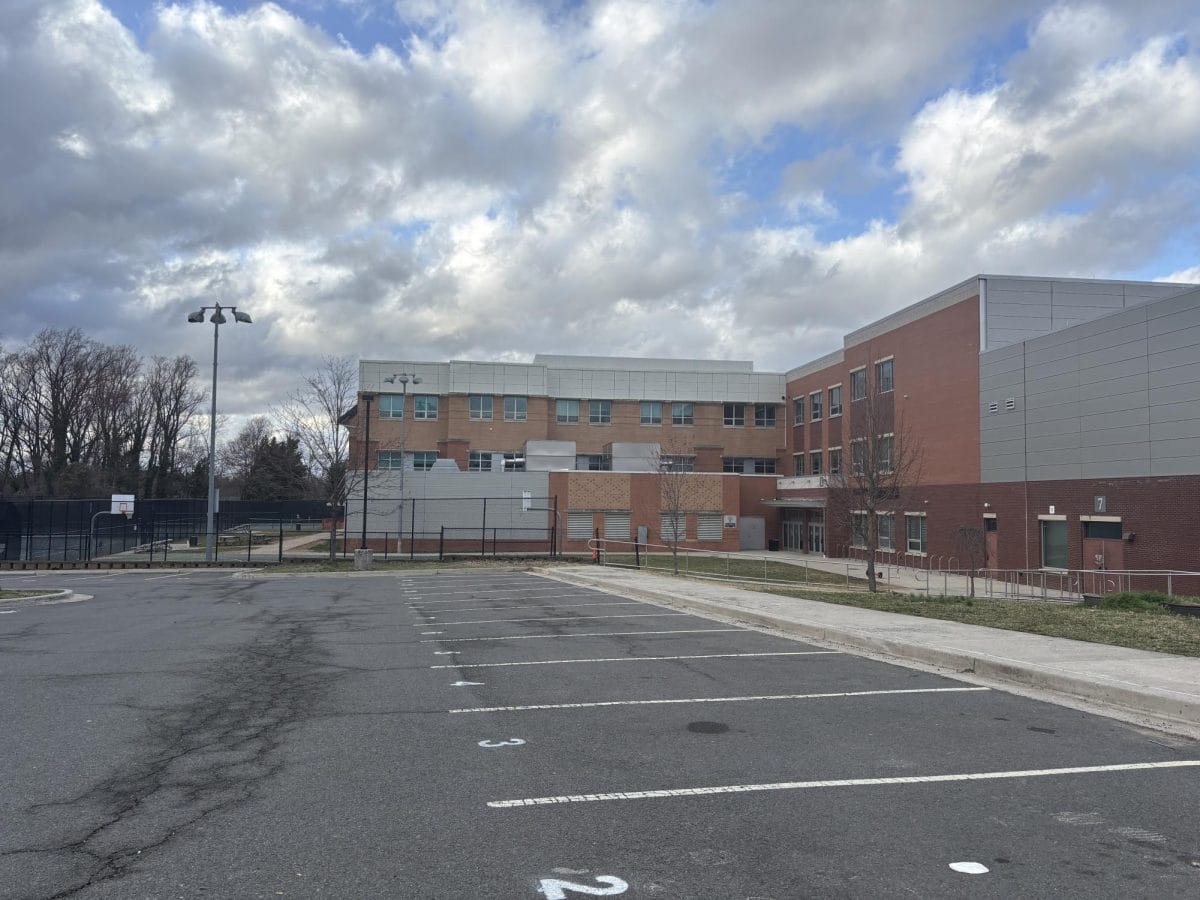Amidst the many controversies that plague our country today, the issue that hits closest to Patriot nation is the topic of police in schools. Regardless of which side you stand on, it is agreed that, fundamentally, safety and security is something that needs to be achieved in schools across America. Devastating school shootings reveal that much. Living in a safe and affluent area with many resources and opportunities at our disposal may make it easy to feel like we are detached from the problem, as if it’s something that could never happen to us. However, the reality is the shocking 52 shootings in schools that have occurred in the past 10 months.
Real controversy comes into play with the question of how this safety will be achieved. As always, there is a spectrum of possible answers to this question; on one end there is a push for alternative solutions that shy away from the traditional zero-tolerance attitude many schools maintain, and on the other there is talk of arming teachers to help prevent school shootings. However, circulating more firearms in schools seems a little like a roundabout way to achieve the opposite.
The default solution that most schools have implemented across the nation is the inclusion of school resource officers, or SRO’s, on campuses. However, even this solution has not been a cure-all. For example, a video clip has recently surfaced of SRO Ben Fields violently tearing a sixteen-year-old girl from her desk and dragging her to the floor at a South Carolina high school. The officer was called to the classroom after the student refused to put her phone away on several occasions when her teachers tried to discipline her. This incident has caused a nationwide conversation about the jurisdiction that SROs should be allowed to have in schools.
Certainly there were factors leading up to the physical end, but nothing in this situation could have warranted such a violent response from a police officer. The bottom line is that SROs are not meant to be disciplinary figures, so Fields should not have been called in that situation to begin with. SROs are put into schools to not only help create a safe environment for staff and students, but to investigate crimes that occur on campus and to establish a relationship between students and the Police Department. Our school SRO, Corporal Brent Olson, describes his job as such:
“I’m not here to assist in administration discipline for any school related issues […] I investigate crimes that take place in the school. My main goal is the safety and security of the student body, the school building itself, the staff, administration, and to help them in anyway that I can to make it a safe environment for students and staff,” said Olson.
There exists what officer Olson describes as a “memorandum of understanding” between the school and the police department. It does include ensuring a safe environment for all those who come to school, so that they can feel comfortable everyday. It does not include the use of excessive force or violence to discipline misbehaving students.
This memorandum varies from state to state; some states have upheld their stance that officers have the jurisdiction to use tasers and pepper spray on students. Yet this is a bit counterintuitive, since nothing could detract from education more than a 52 day coma caused by a police officer’s taser after attempting to break up a fight, like in the case of Nino de Rivera. Nor does it make studying easier when in the past years there have been at least 25 students and staff taking trips to the hospital after being pepper sprayed by SROs.
“The security or enforcement of laws or discipline I think has muddied the waters a little bit on what the actual role of the police officer is in the school.” said officer Olson.
A lesser known purpose of an SRO is a hybrid between a law enforcement officer and a counselor or educator. They are put in schools to be able to form relationships between the students and the police department. SROs are in a unique position to be able to educate the students at a time in their lives when they are able to build their faith in the law enforcement system of our country. Olson outlined how important it was for him to speak with students and let them know what the police department does, especially specifically for the student. He seeks to build a relationship between students and the police that might not otherwise have been established.
Part law enforcer, part protector, part educator. This is what a school resource officer should be. They should help to develop an environment of security and safety for students and staff and promote the education and societal citizenship of students from a young age. Leave the disciplining to the school administration and hold the pepper spray and tasers and we’ll all get along just fine.





































